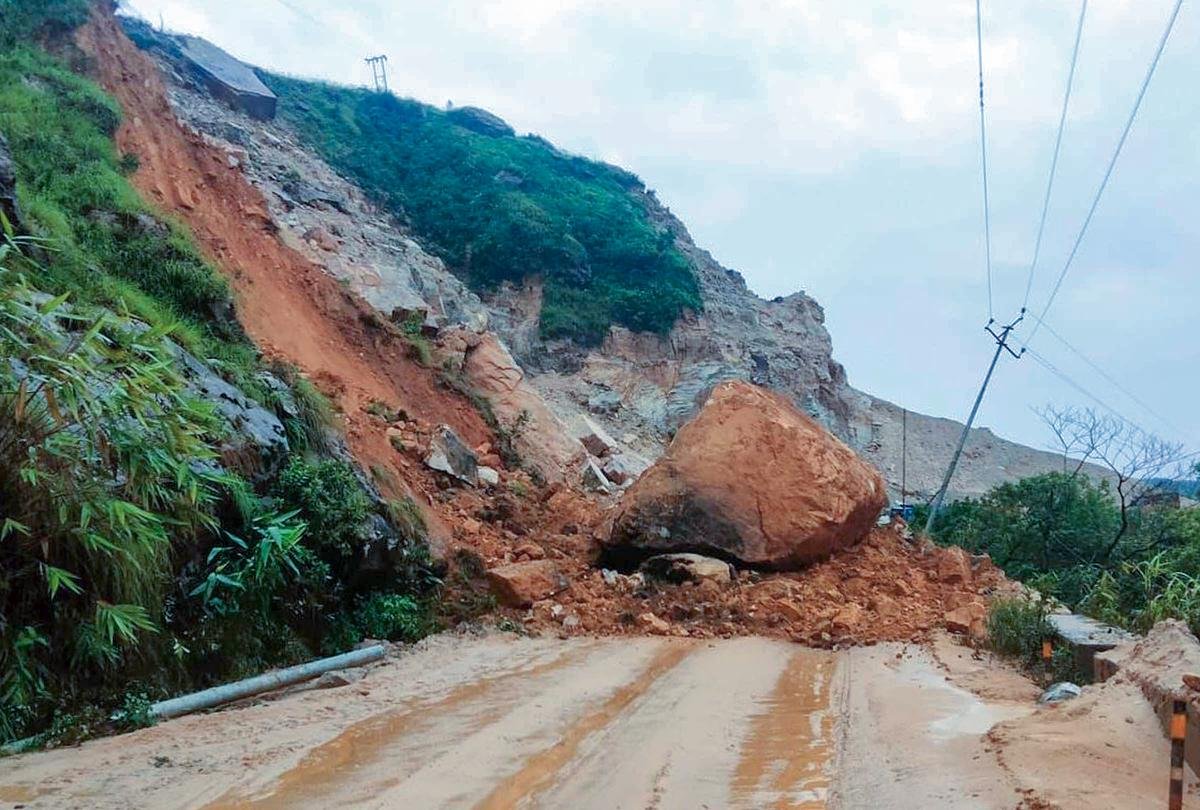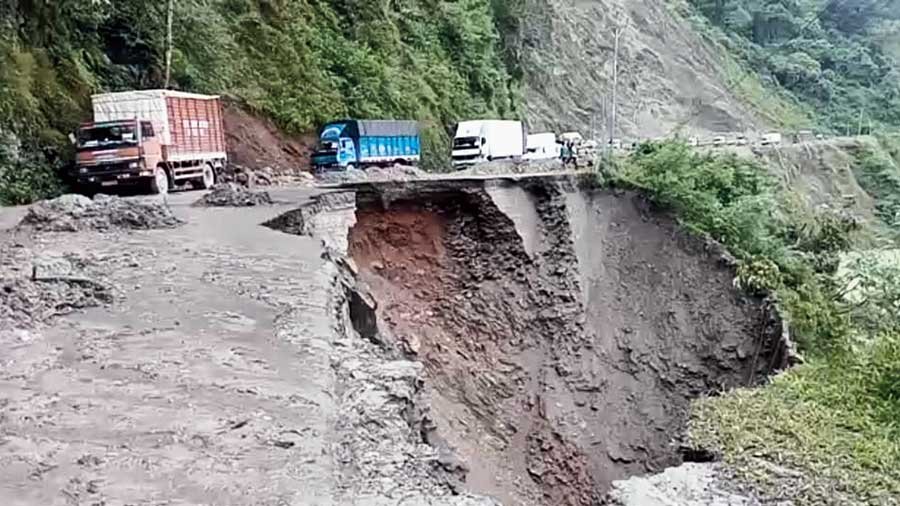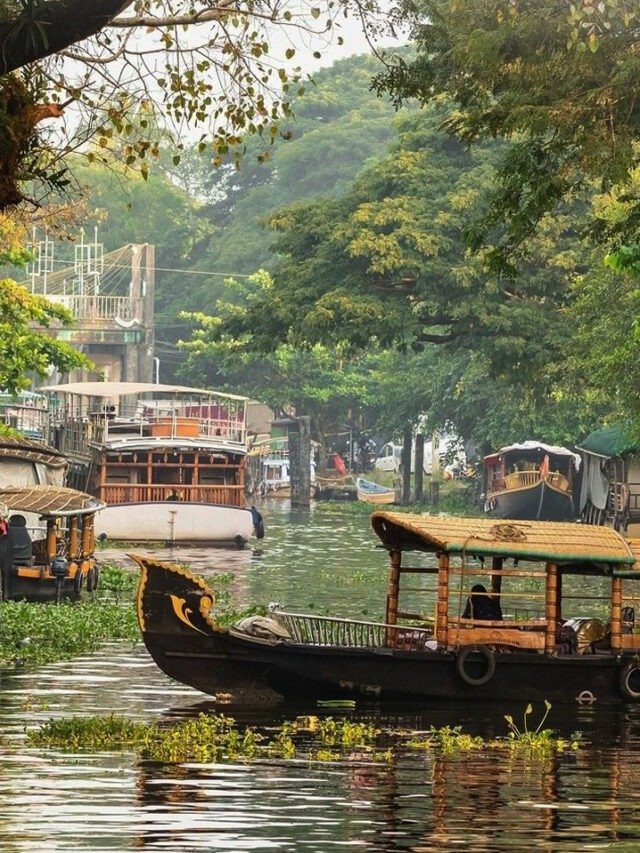HT DIGITAL
KOHIMA, JULY 7: Continuous rain over the weekend has dipped Dimapur and areas of Kohima in Nagaland into a state of crisis, with many areas under water and citizens compelled to live in unsafe and disorganized conditions. Not only did the continuous downpour create widespread flooding, but it also resulted in multiple tragedies, including electrocution deaths of three people indoors.
Three independent electrocution accidents took place in Dimapur on Sunday, killing a 34-year-old female, a 23-year-old male, and a 49-year-old non-Naga male. The female died as she tried to pull out an inverter from her flooded house. The young male died after touching a live electric pole while trying to clear a blocked drain. The third fatality was electrocuted while he tried to deal with an inverter battery in a submerged room.
Floodwaters have hit low-lying areas hard, transforming roads into raging streams. In Kohima, overflowing drains turned streets into hazardous waterways, paralyzing vehicular and pedestrian traffic. Authorities said that stretches of National Highway-29 (NH-29) that links Dimapur and Kohima were disrupted by mudslides and slush. Commuters have been asked to travel with utmost caution, particularly in landslide-susceptible areas.
At the same time, Dhansiri River, which was swollen by continued rain, overran above normal water levels. Officials have sounded caution to people residing along riverbanks and flood-prone districts and asked them to be cautious. Disaster response teams have increased monitoring in susceptible areas.
Half-Nagarjan road in Dimapur was one of the worst-hit places, with water reaching almost three feet high on the streets as the drains clogged. There were residents who had to navigate their areas by taking small boats. In surreal moments, individuals were spotted fishing in the floodwaters—most probably catching fish that had escaped from a nearby Fishery Department building—while others swam along flooded streets.
Enraged locals attributed not just the heavy rain but also years of inept urban planning and civic neglect. Authorities and private builders were charged by many with worsening the crisis by permitting indiscriminate dumping of building material and allowing houses to be constructed over drains. A resident remembered similar inundation a decade ago and chastised the administration for not taking measures to prevent the flooding. Another asked why illegal buildings by powerful people go unpunished while small infractions by regular citizens are punished.
Ward 20 councilor at the Dimapur Municipal Council, Lanuchuba Imchen, argued in the defense of the administration that every drain in the ward was cleared prior to the monsoon. But he attributed public irresponsibility—particularly the dumping of garbage into open drains despite warnings—that nullified all those efforts.
Dhobinala residents conceded that indiscriminate waste disposal had exacerbated the flooding in spite of repeated warnings by authorities. Others identified widespread encroachment as the principal hindrance. Efforts by local MLAs to expand roads and drainage networks have tended to falter, with many residents unwilling to let go even small pieces of land for essential infrastructure improvements.












